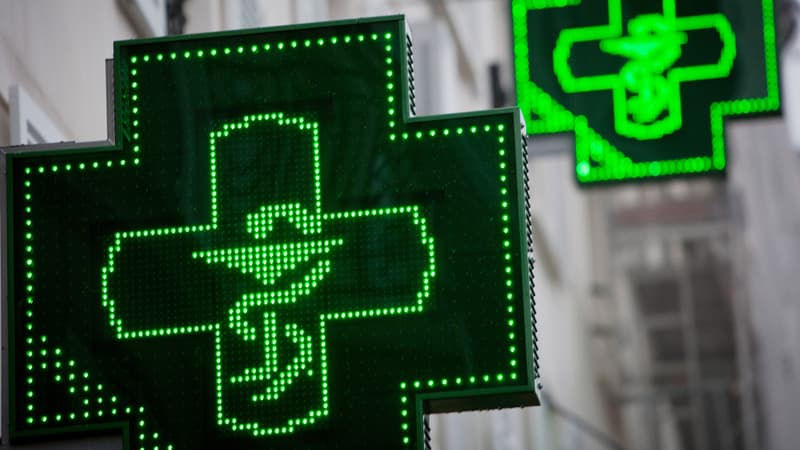On prescription, not all drugs may be available. In pharmacies, shortages have been common lately: according to figures from the economic interest group (GIE) Gers, which represents pharmaceutical companies, 12.5% of drug references were in tension in mid-August, that is to say , requesting pharmacies. could not be supplied for at least a week, report the echoes. A figure that has almost doubled since January, when it was 6.5%.
This tension on supplies is not new and is linked to multiple factors, particularly structural, which vary according to the drug. But, in particular, the demand for pharmaceuticals is increasing considerably globally; however, drug prices in France are low and strictly regulated, with some distributors preferring other markets. In addition, the situation has been aggravated by the war in Ukraine, which has increased the energy and production costs of laboratories and has jeopardized the manufacture of certain medicines, particularly generic ones.
Alternatives
Don’t panic if a medicine is missing: each one has different alternatives (capsules, effervescent, liquid, etc.). If a referral is missing from the pharmacy, another referral is usually available. Similarly, the pharmacist can offer the generic drug instead of the original drug, or vice versa. The situation is more complicated for drugs that are distributed mainly in generic form or for products that have few (or no) alternatives and are vital for certain patients, such as anti-infective and anti-cancer drugs.
The National Drug Safety Agency (ANSM) is particularly concerned about diabetics: the public agency recently warned of “strong supply tensions” regarding “GLP-1 analogs”, indicated in the treatment of type 2 diabetes More specifically, these are drugs in the form of injections known as Ozempic (manufactured by the Novo Nordisk laboratory) and Trulicity (Lilly). Demand is rising sharply around the world, especially in the United States, where Ozempic is used for rapid weight loss.
Source: BFM TV


